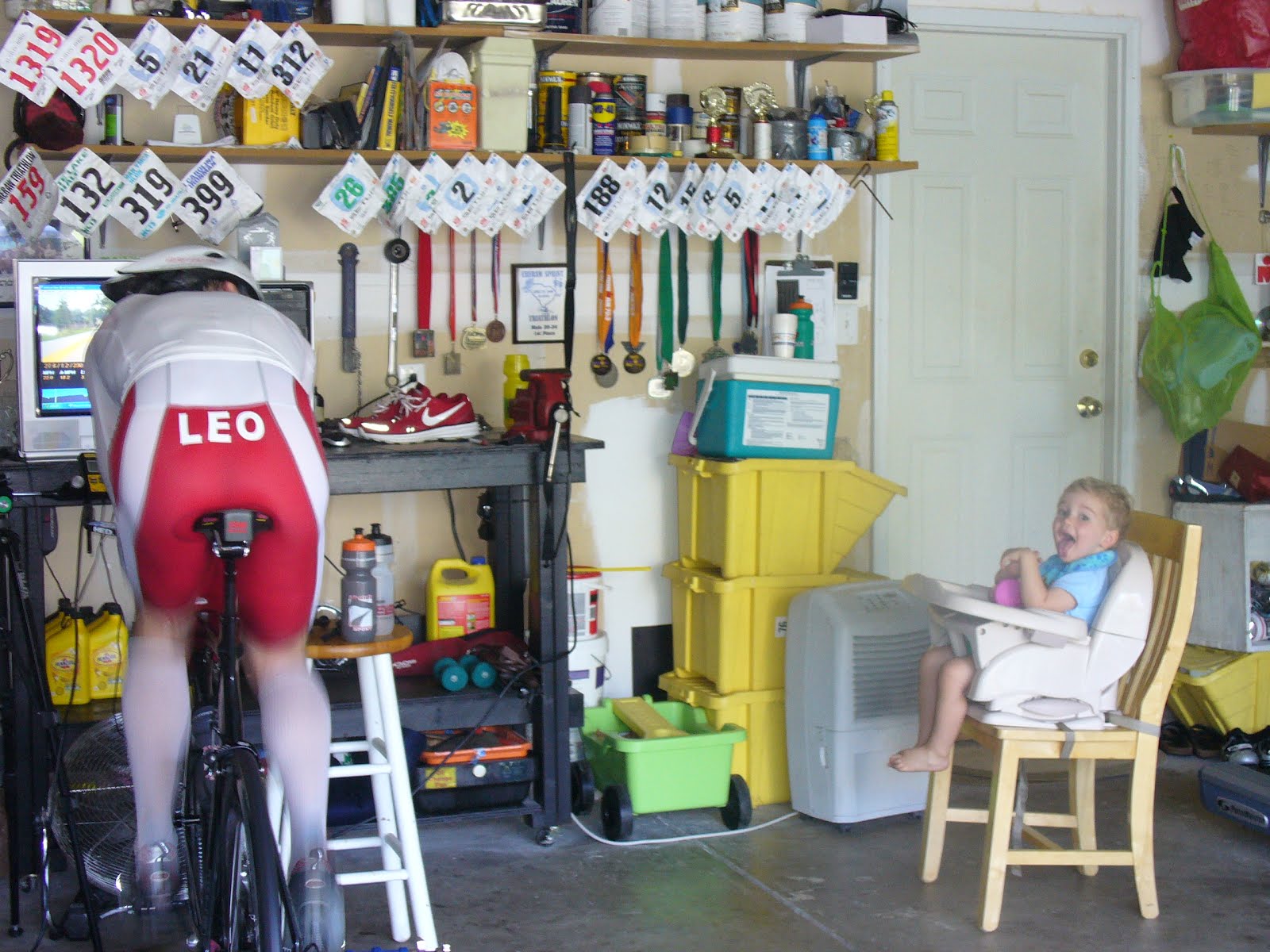From the LBP my interest and awareness of how blood lactate responds to varying workloads I executed a run pace validation test this week.
The key behind this test was to evaluate blood lactate within controlled settings (treadmill) and then variable settings (outdoors). The goal was to see if there was a strong correlation between blood samples against the same relative workloads. The findings were outstanding. Before I present the data I do expect some to question the duration of the test. Meaning, some would prefer (including myself) to run this test for 45 to 60 min to enhance its validity. Being that I was days from Twin Cities (TC) I opted to save the legs and see if such a short test could serve clients well. I am a 'lab rat' and love to test myself before testing others. Plenty more testing and analysis to come friends.
So, here is what I found:
| 3-Oct-12 | [Gas, L, Field] | 11:29 AM | ||
| RQ | HR* | Fat% | L | |
| Tmill 5 | 0.878 | 157 | 39.07 | 2.1 |
| Tmill 10 | 0.898 | 147 | 32.38 | 2.2 |
| Field 5 | NA | 156 | NA | 1.8 |
| Field 10 | NA | 158 | NA | 2.0 |
| Averages | 0.89 | 154 | 35.73 | 2.03 |
As you can see, lactate maintained relatively constant despite changing testing location; treadmill vs. outdoors (2.03 average). I drew blood from my finger at 5 and 10 min into each run. I opted to run on the treadmill first and then run outdoors on Cedar Lake Road at 6:30 min/mile pace. An out and back format was used for simplicity purposes. RQ increased slightly, HR was relaitve stable (despite one outlier of 147 bpm), and fat utilization dropped by ~8% within the 10 min testing block.
I was encouraged to see that the overall trending from inside to outside showed a decrease in lactate accumulation. It is important to note that it took about 5 minutes to get outdoors and to initiate the Field 5 and 10 testing. Lactate clearance likely took place during this time, thus the need to pull blood at 5 min into the run and not earlier. If my blood lactate went from 2.1, 2.8, 3.0, and then to 3.5 mmol I would certainly have to re-evaluate my goals for Sunday. Per the response noted above (and in the previous post) I will be goal setting a 6:30 to 6:50 marathon pace for TC 2012.
To further strengthen this kind of testing I will certainly increase duration and frequency of blood draws. That will take place post the recovery block that I plan to take per TC.
I look forward to seeing how this testing and the other tests that I have conducted leading up to TC will pan out. I have not addressed the relevance of muscluar endurance and fatigue resistance. For the record, I have done little to no strength training for TC 2012. It will be very interesting to see how/when/if this will come back to get me at mile ~18 to 23.
Super excited to see where things go this weekend for Anne and I. As noted previously, we raced side by side back in 2002 to earn a BQ slot for her. Life has us in a completely different place now so 'going fast' is not the goal for Annie. Faster days await her for sure. I am proud to say she has devoted her time and energy to being a rockstar Mom and wife.
Check back on Tuesday (Oct 9) of next week for my thoughts on how the day went down.
Embrace the day,
Coach L

No comments:
Post a Comment